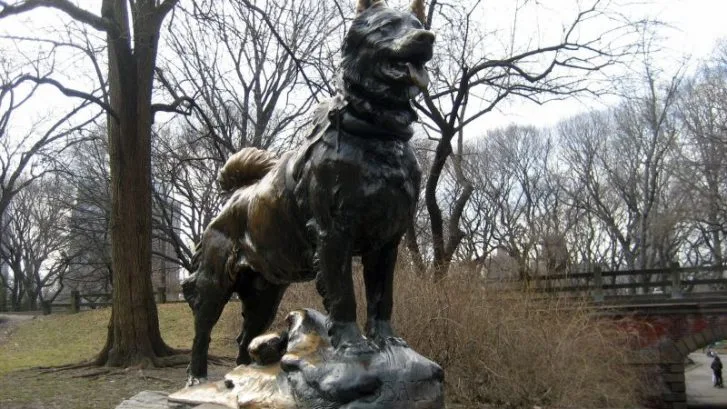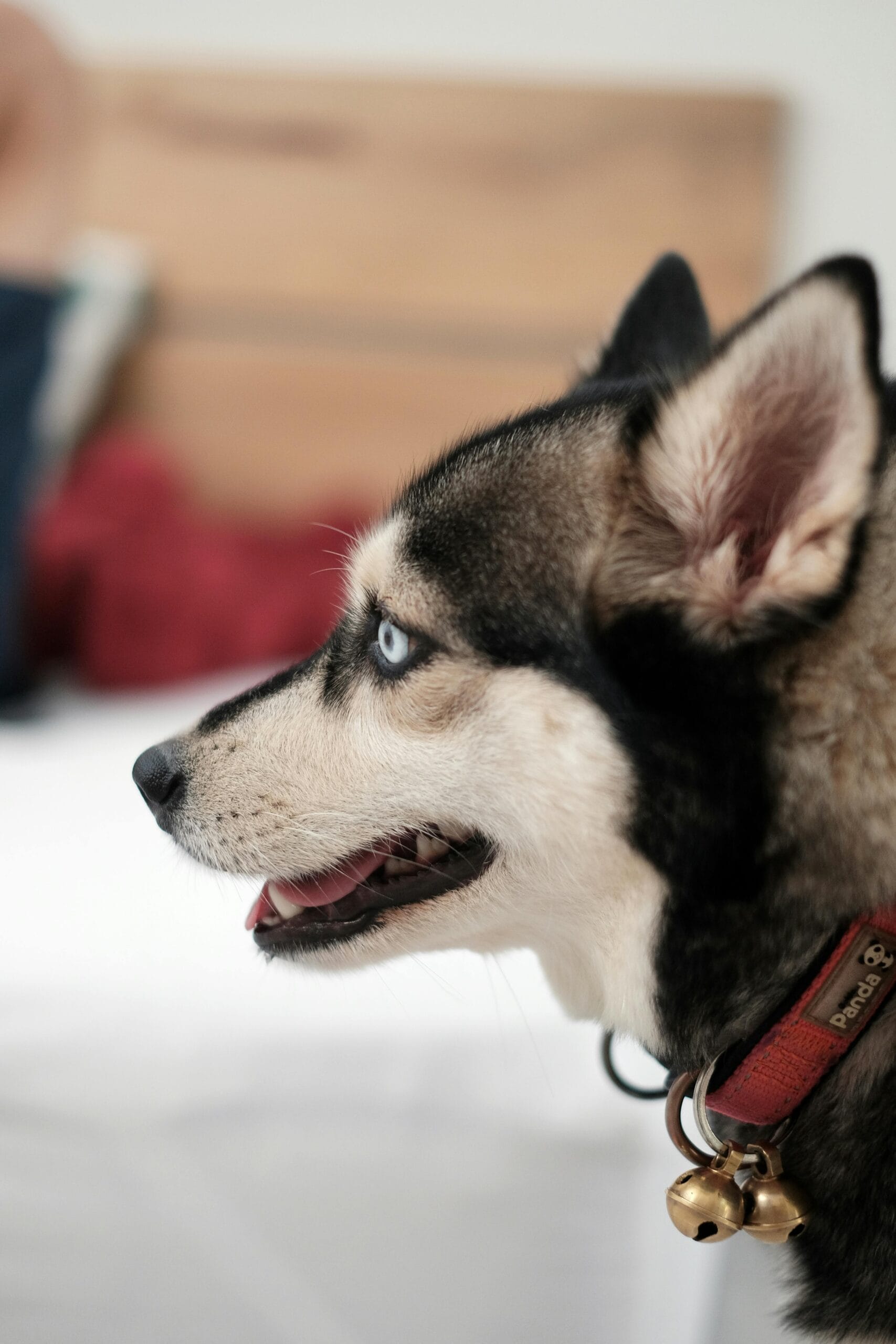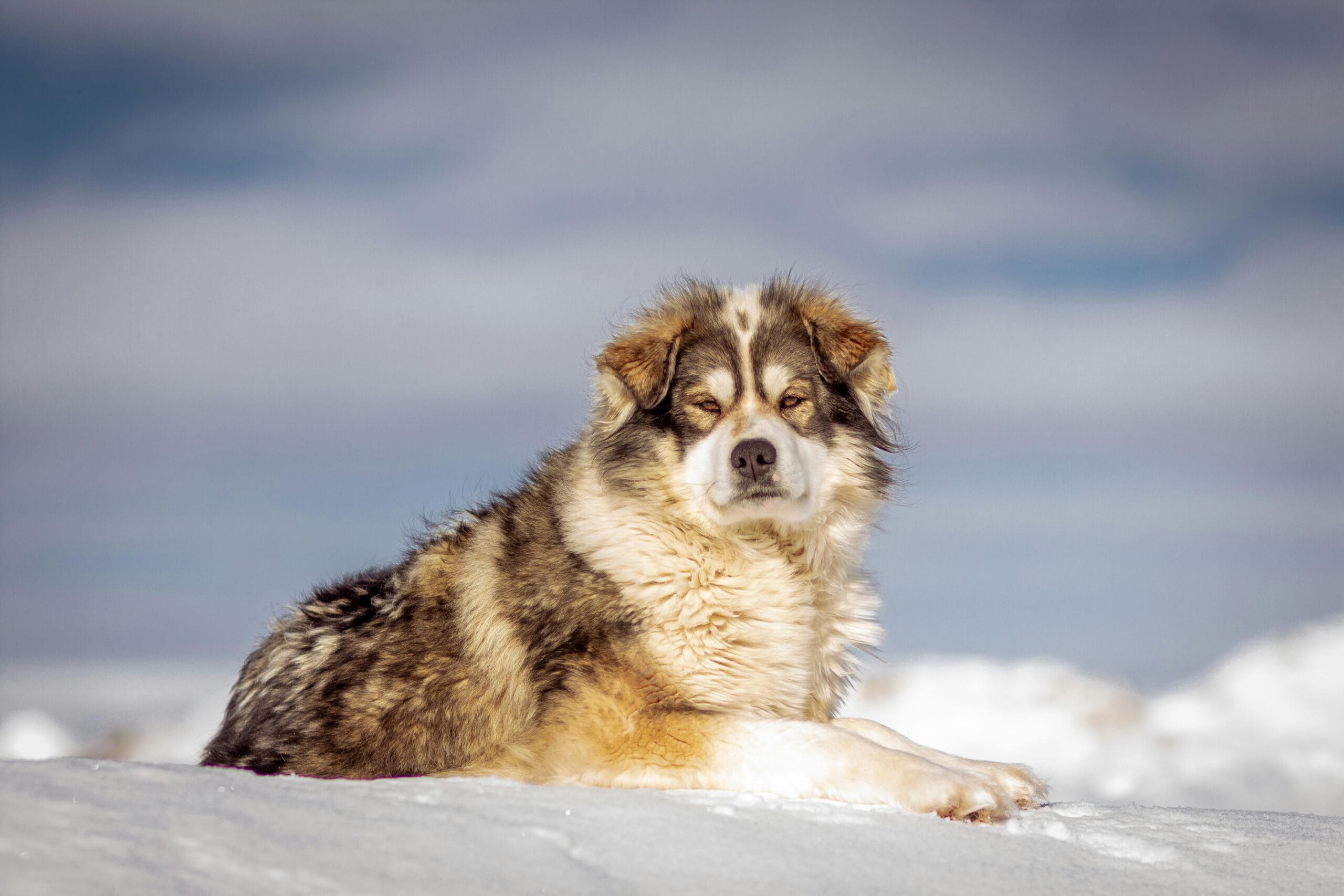Nowadays, it is very common to see countless stories on the web about fabulous animals. But there are stories that, despite the absence of the Internet and social networks, became famous and known around the world. One of them is the story of Balto, a wolf dog that saved the lives of many children in Alaska in 1925.
This dog's feat was so amazing, a movie was created to tell his story. There is even a monument in Central Park in his honor. A story that demonstrates the courage, kindness and bravery that animals have. Their ability to give love unconditionally, even in the worst adversity.
A mongrel dog of Nome
Born in Nome Alaska in 1919, Balto was a pack dog. He never stood out as a sled dog, because he did not have the right conditions. His owner, Leonhard Seppala, had an Eskimo dog breeding business. He always focused on small and fast dogs, which were the most demanded at that time, especially in that area.
However, Balto was sturdy and strong, so he was considered for cargo work. His life would take a turn in the winter of 1925. When he successfully carried the only hope that would save the lives of the children of his village.
According to recent studies, it has been proven that this animal was partly Siberian husky. But it also had ancestry of Tibetan mastiff, Greenlandic dogs and Alaskan sled dogs. A mix that gave him the ideal conditions, standing out at such a crucial moment, and enduring the inclement weather. Until he got his team to safety, with the medicine they were all waiting for.
A story full of heroes
Balto's story has touched many people for decades. The truth of this event, is that it was this beautiful animal, was part of a team full of very brave men and dogs. Who risked their lives to achieve this feat.
It all happened during the winter of 1925, when an epidemic of diphtheria broke out in the town of Nome. Many adults were affected by this terrible disease, but children were the most affected. Alerts were not long in coming among the population, since this bacterial disease was deadly in infants.
Unfortunately, there was no medicine available in the village to treat the more than 100 children affected by the disease. So, by telegram, they were able to locate it in the city of Anchorage, some 870 km away. The problem was the weather, with temperatures of -30°C, freezing seas and winter storms. There was no way to get them the injections they needed.
The Nome Serum Race
With everything against them, the only hope was to embark on a risky journey through the storm. In order to find the medicine that would save the children of Nome. So 20 sled guides and more than a hundred dogs set out on a race through a dangerous journey to Nenana. This was a town a little closer to Nome.
These 20 men designed a system of relays, so that it would be possible to move the medicine in the shortest possible time. They calculated to be able to do it in a few days.
This is how they undertook this risky journey, where many men and dogs lost their lives due to the adversities encountered along the way. All the participants in this race had to endure temperatures of -40°C, difficult mountainous areas, strong winds, icy passes and many unforeseen events. One of the most outstanding teams was Squadron B, with guide Gunner Kaasen, which included Balto.
Finally, despite all the inconveniences, on the last stretch of the course, against all odds, it is Balto who, despite not being a guide dog, takes command of the race and leads the dogs to Nome, where they arrive with the long-awaited medicine.
They managed to complete the journey in just 5 days, much less time than expected. It is presumed that it was thanks to their hybridization that Balto was able to withstand the harsh weather and take the leadership of his squadron, being able to find his way to the village.
A team effort
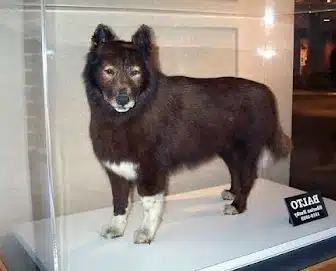
After his arrival, Balto was recognized as the hero and savior of Nome, however, the greatest effort was made by Togo, a guide dog who led the squadron most of the way through the most dangerous stretches. Ending with Balto taking the lead on the final stretch, after getting lost in the storm, it was Balto who was able to find his way home.
One film and many awards
Balto's story was so touching and admirable that 70 years later, in 1995, an animated movie was released in honor of this real-life character. Fictitious characters are created in the movie to give a fantasy touch to the story, but Balto's story is kept intact, as a way to turn this incredible story into a legend.
A statue in Central Park
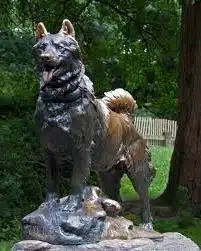
The impact of Balto's story was so great that in New York City, in Central Park, a statue was erected in honor of this 4-legged hero. At the foot of this statue you can read the following inscription:
"Dedicated to the indomitable spirit of these polar dogs who relayed the antitoxin over nearly a thousand kilometers of harsh ice, treacherous water and arctic snowstorms at Nenana to bring relief to the desolate Nome people during the winter of 1925.
Endurance - Loyalty -Intelligence"
The last years of Balto
After his great adventure, Balto appeared on many newspaper and magazine covers, touring for 2 years through different states of the United States with his owner Kaasen, as well as some surviving dogs from that famous race.
As popularity and interest in the dogs and Balto's story waned, their owner decided to sell them to the Cleveland Zoo, where they spent a few years, being exhibited and suffering some mistreatment.
Finally, the luck of Balto and his 6 companions would change, being bought back by George Kimble, a businessman from Cleveland. This man was moved by the story of the dogs and the situation they were living and managed to raise the money to buy the dogs, who became little celebrities.
After a life of 14 years, Balto died in 1933. After his death, he was embalmed and his body is currently exhibited in the Natural History Museum of the city.
